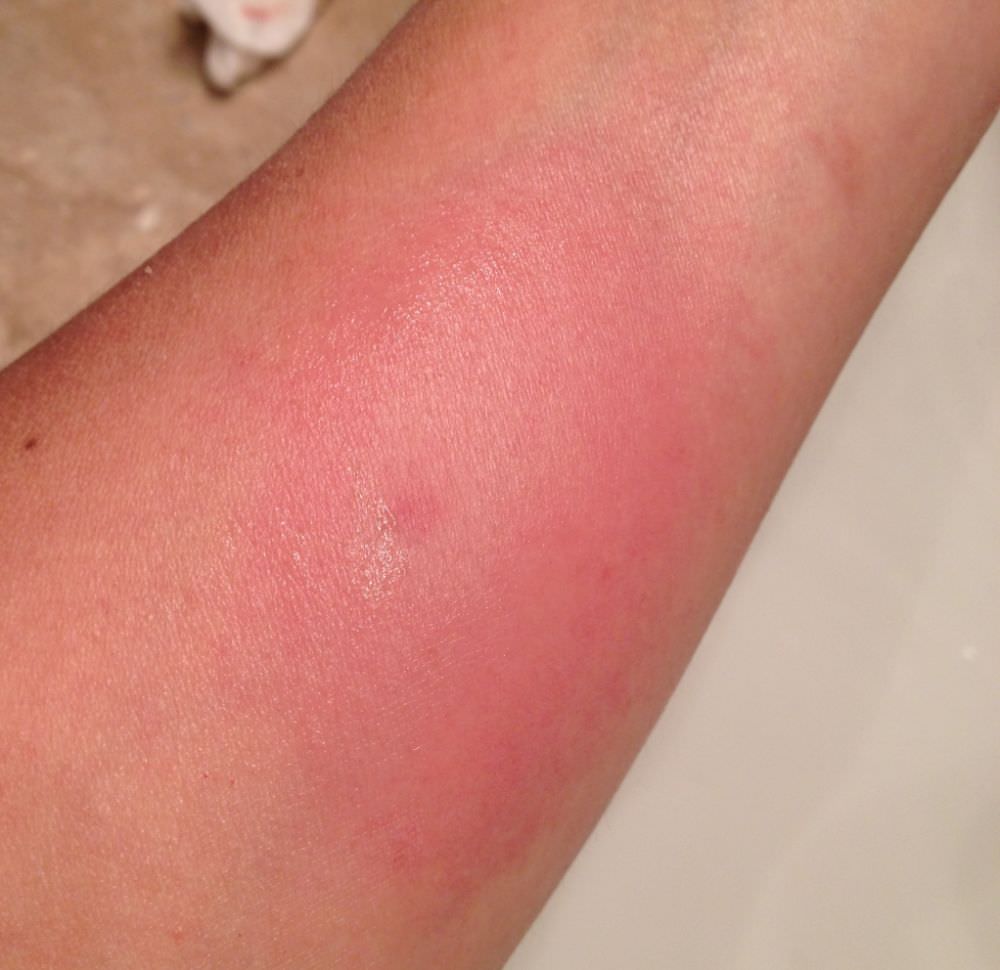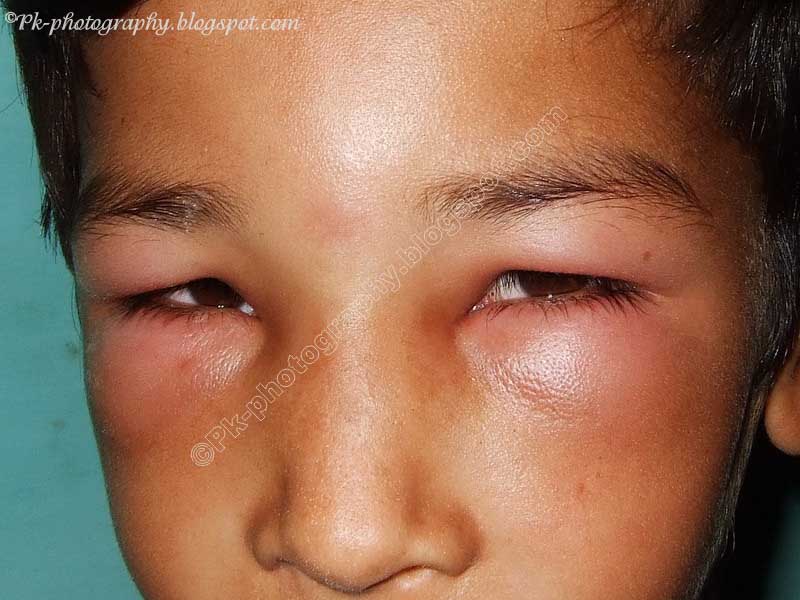

Bee sting swelling after 24 hours skin#
A fire ant attaches to the skin with its jaws and swivels its body.The venom is what causes all the symptoms.The ant's stinger injects venom into the skin.Be sure to call your doctor now to help decide. But, at times, these symptoms can also lead to anaphylaxis. Hives or face swelling alone may be able to be treated at home. After fire ant stings, some children just develop hives all over or face swelling. This severe reaction to fire ant stings happens in 1 to 2% of children.The main symptoms are hives with trouble breathing and swallowing.A severe life-threatening allergic reaction is called anaphylaxis.These do not carry an increased risk of allergic reaction with future stings. The degree of swelling can interfere with function and need steroids. Hand or foot bites can cause swelling that crosses the wrist (or ankle). Sometimes, fire ant bites can cause severe swelling. Stings of the upper face can cause severe swelling around the eye. Normal swelling from venom can increase for 24 hours after the sting.

Sometimes, they can last for up to a week. They usually open on their own by 3 days. These pimples are almost diagnostic for fire ant stings. Pimples with yellow fluid (pustules) occur at the sting site within 24 hours (96%). This looks like a red spot with raised white center. Hive-like bump occurs at sting site within 30 minutes (100%). Itching follows the pain and can last for weeks. The pain is far less than that of a bee sting. Pain and burning at the site usually lasts 10 minutes. The main symptoms are pain, burning, swelling and redness at the sting site.Fire ant stings are more common in the Southern U.S.Remember that for most people, a bee sting is just a nuisance that doesn’t require any special treatment-but it’s always worth talking to your doctor if you’re experiencing any especially severe or persistent symptoms. Yellow, pus-like discharge from the sting.Red streaks that shoot out from the sting.Swelling, warmth, and tenderness around the sting that doesn’t go away.This isn’t super common but if you notice any of these symptoms, you’ll want to see a medical professional: Scratching the area can also allow bacteria into the wound and increase your risk for infection. When a young child, older adult, or person with heart or breathing problems is stung more than a dozen times, the venom can become toxic, according to the Mayo Clinic, which can also cause a medical emergency.

The number of times you’re stung also matters. 4 For a bee sting, you can add a few drops of apple cider vinegar on a cotton ball and dab this onto the affected area. Wipe the area with apple cider vinegar: Vinegar has been used for centuries as an antimicrobial ingredient, helping to kill organisms that may contribute to infections.

Let it sit for about 15 minutes before rinsing it off, according to experts at the UC Irvine School of Medicine. 3 You can try mixing about a fourth of a cup of aluminum-free baking soda with one or two teaspoons of water to make a paste and then dab a bit on the sting.


 0 kommentar(er)
0 kommentar(er)
